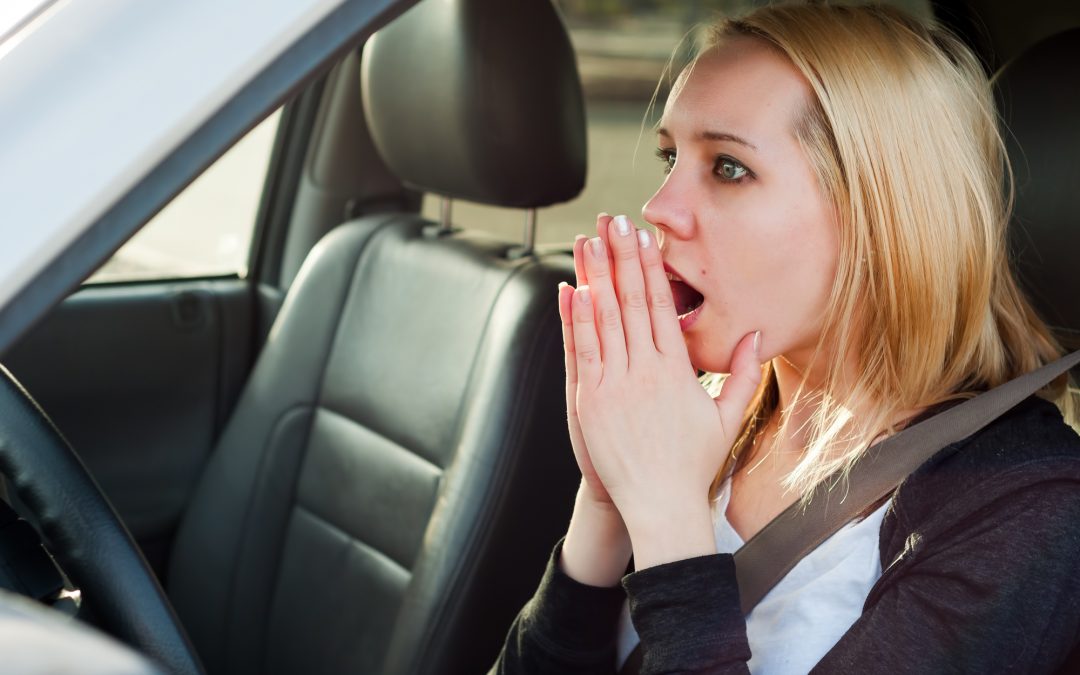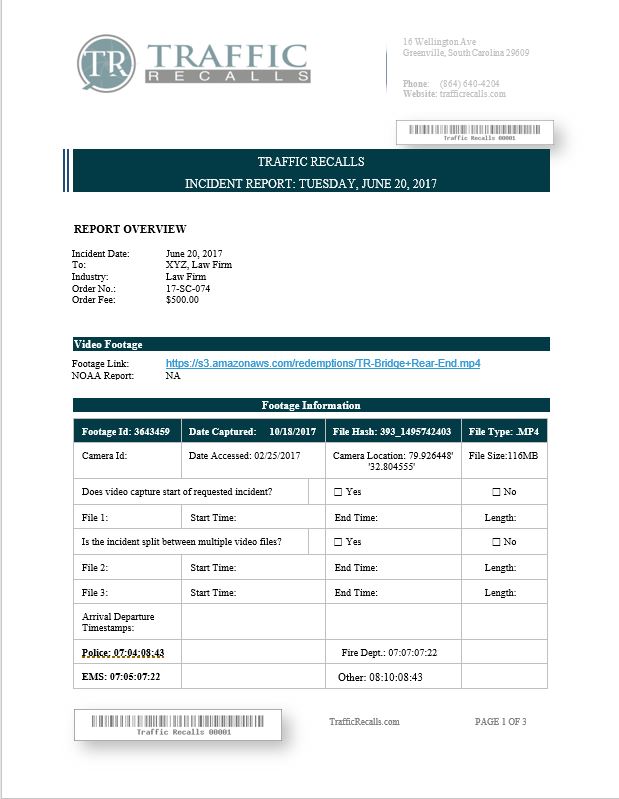Being the victim of a hit-and-run accident can leave you feeling helpless. Read here to learn what you should do in the immediate aftermath of the accident.
No one expects to be the victim of a hit-and-run. But these accidents are more common than you’d like to think.
Hit-and-run drivers kill an average of 1,500 people every year.
Suddenly facing the unexpected is part of the reason you’re left feeling confused, scared, and angry in the immediate aftermath of an accident.
The flood of emotions you experience can often leave you wondering what you could have differently and more importantly, what to do next.
While you can’t change the past, especially someone else’s actions, you can regain control of the situation by taking charge of your situation.
If you’ve recently been the victim of a hit-and-run, follow these steps to take the appropriate action and regain control of your life.
What Is a Hit-and-Run?
A hit-and-run is what it says on the tin.
Any time you’re involved in an accident when the driver purposefully leaves the scene of the accident without exchanging information is considered a hit-and-run.
These accidents may include a driver hitting you while you’re in your car – or worse when you’re a pedestrian or cyclist – and choosing to leave the scene.
This doesn’t just mean running into you and immediately driving off. Stopping to see if you’re okay and then driving off without leaving their insurance or contact information is also classified this way.
However, hit-and-runs also occur if someone hits your car when you’re not in it and drives off.
Is a Hit-and-Run a Crime?
Running into someone and dashing off is a crime with penalties in many states.
Although traffic laws vary from state to state, if you’ve been injured and the driver fled the scene, then they could be charged with a felony hit and run.
These crimes are a big deal.
Being convicted of intentionally fleeing the scene of an accident when another party has been injured can be punished with a fine of $5,000-$20,000 and up to 15 years in prison.
In some cases, the driver could be charged with a misdemeanor. However, this isn’t a light charge. A misdemeanor conviction may be accompanied by a fine of $5,000 and potential jail time.
Remember, even if you’re trying to talk yourself out of a reporting the incident because you want to believe it isn’t a big deal – it is a big deal.
What happened to you was wrong and the law is on your side.
How to Collect Accident Information Without Another Driver
In an ideal scenario, you’ll have the frame of mind to gather as much information as you can in the immediate aftermath of the accident.
Gathering this information is critical because it helps both the police and your insurance company assist you in the coming weeks.
But before you start worrying about collecting data, take a moment to make sure you’re okay. Close your eyes and take a few deep breaths. Then, get ready to deal with the situation.
Here’s what data you need to collect once you’re ready:
Vehicle Information
Being able to describe the make and model of the car are a big benefit. If you can get the license plate or even the first few numbers of the plate, then that’s even better.
Although many intersections now have cameras to confirm what happened, there are still many blind spots on our streets uncovered by CCTV.
Witnesses
Next, you’ll want to note any witnesses to the accident.
Ask anyone who witnessed the accident and who stops to help you for their name and phone number to provide to the police and your insurance company.
Information About the Scene
If you’re uninjured and it’s safe to do so, capture the scene best you can.
Write down the time and approximate location of the accident.
If possible, take photos of the area around you and your car. Look to see whether there are any chips of paint from the other car in yours and take photos of this.
Do You Have to File a Police Report?
You don’t have to file a police report. However, the police are here to help in times like these.
Remember, if you’re injured, then the other person committed a crime. There’s no reason not to turn their information over to the police because what they did was wrong.
It’s best to call the police at the scene of the accident. The police will be able to see what happened first-hand, and if you’re lucky, some of the witnesses might hang around to tell the police what they saw.
Be prepared: the police may not be able to find the driver who hit you, particularly if you don’t have a plate number and there are no cameras around.
Even so, filing an official report provides you with paperwork to submit to your insurance company later.
It also provides insight into local traffic statistics.
You might be the most recent victim of an epidemic of accidents, and your data may help police and local officials better approach local traffic issues.
Report It to Your Insurance Company
Moments like these are the reason we have insurance. Ideally, your insurance policy will be forgiving.
Your insurance company will walk you through each step of the process. The information you collected at the scene and the police report you filed will make the process easier.
If you were unable to collect data and you chose not to call the police, there are other avenues.
You might choose to ask a third party to collect data from the incident for you by accessing local video. For example, Traffic Recalls can search through live feeds to potentially find a video of your accident and provide you with a full report.
These reports can be critical in scenarios where it was too dangerous to collect the information yourself.
From here, it’s in your insurance company’s hands.
Take Control of Your Life After an Accident
No one expects to get into an accident – and you certainly don’t expect another driver hit you and flee the scene.
Unfortunately, hit-and-runs are common and despite penalties, they’re difficult to prevent.
If you’re trying to put together the pieces of the puzzle after an accident but don’t have the details you need to file a claim, don’t give up.
You can take control of your life again and file all the necessary paperwork – even without the other driver’s details.
Contact Traffic Recalls to request traffic incident footage today.


